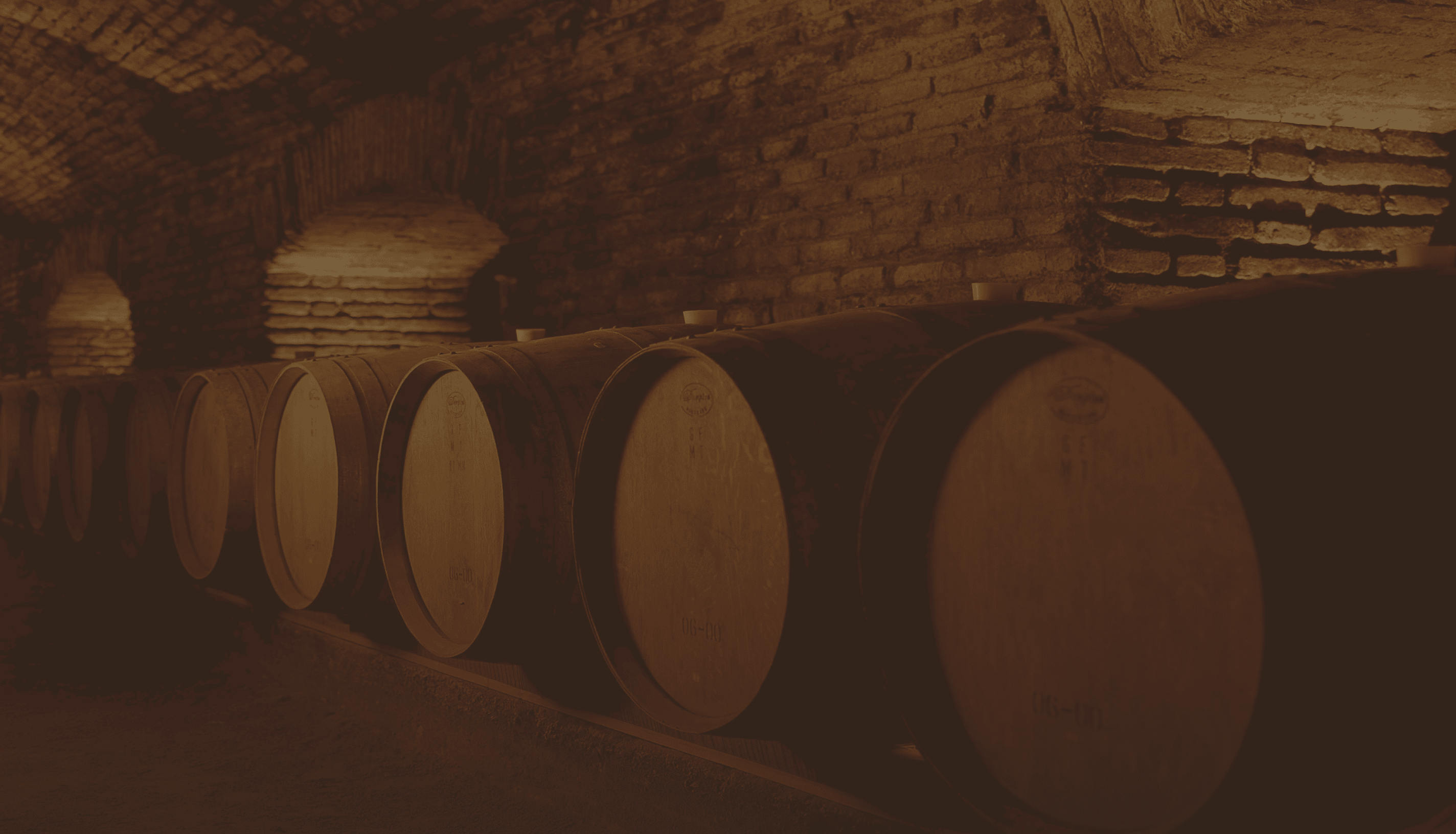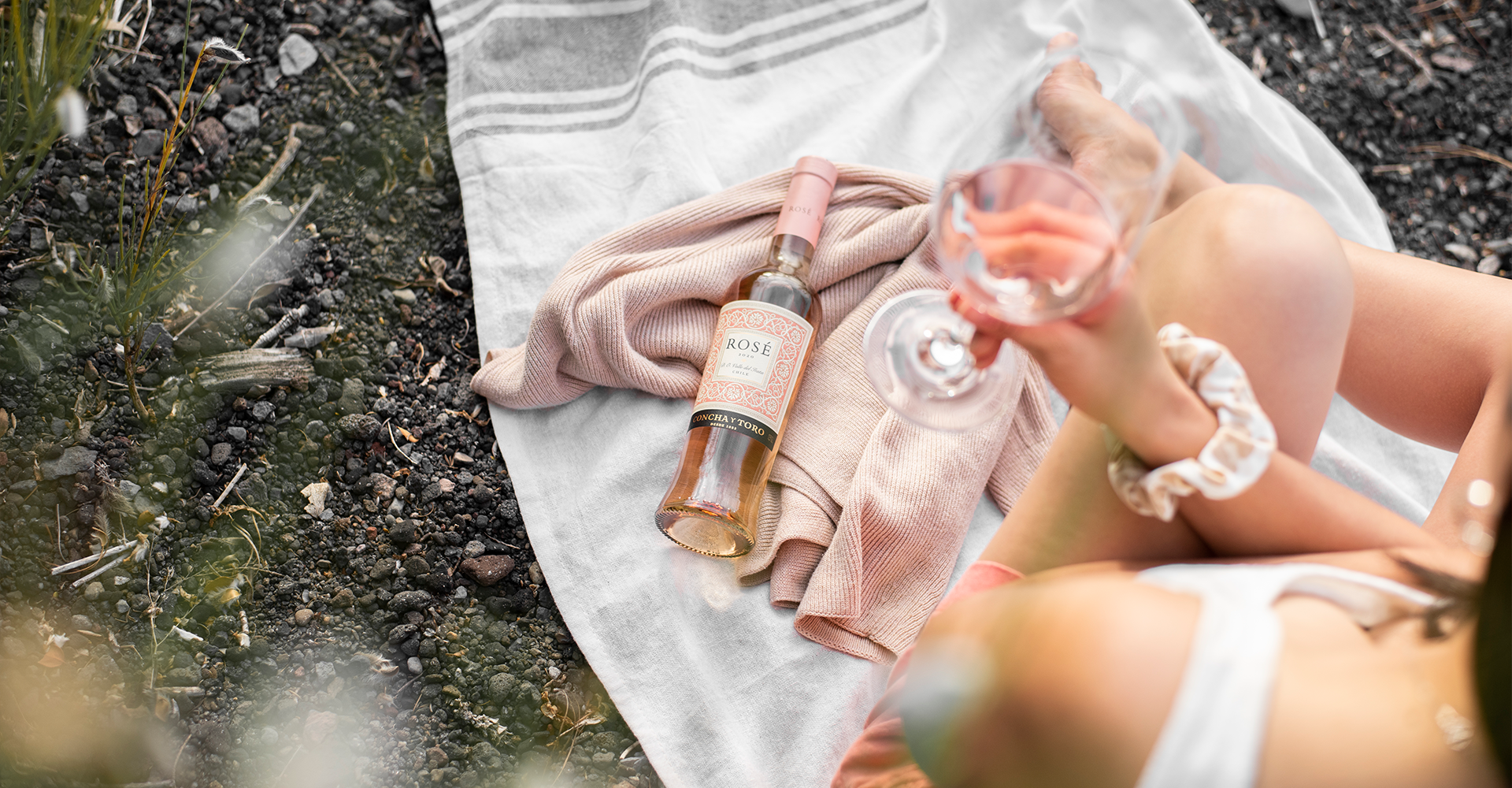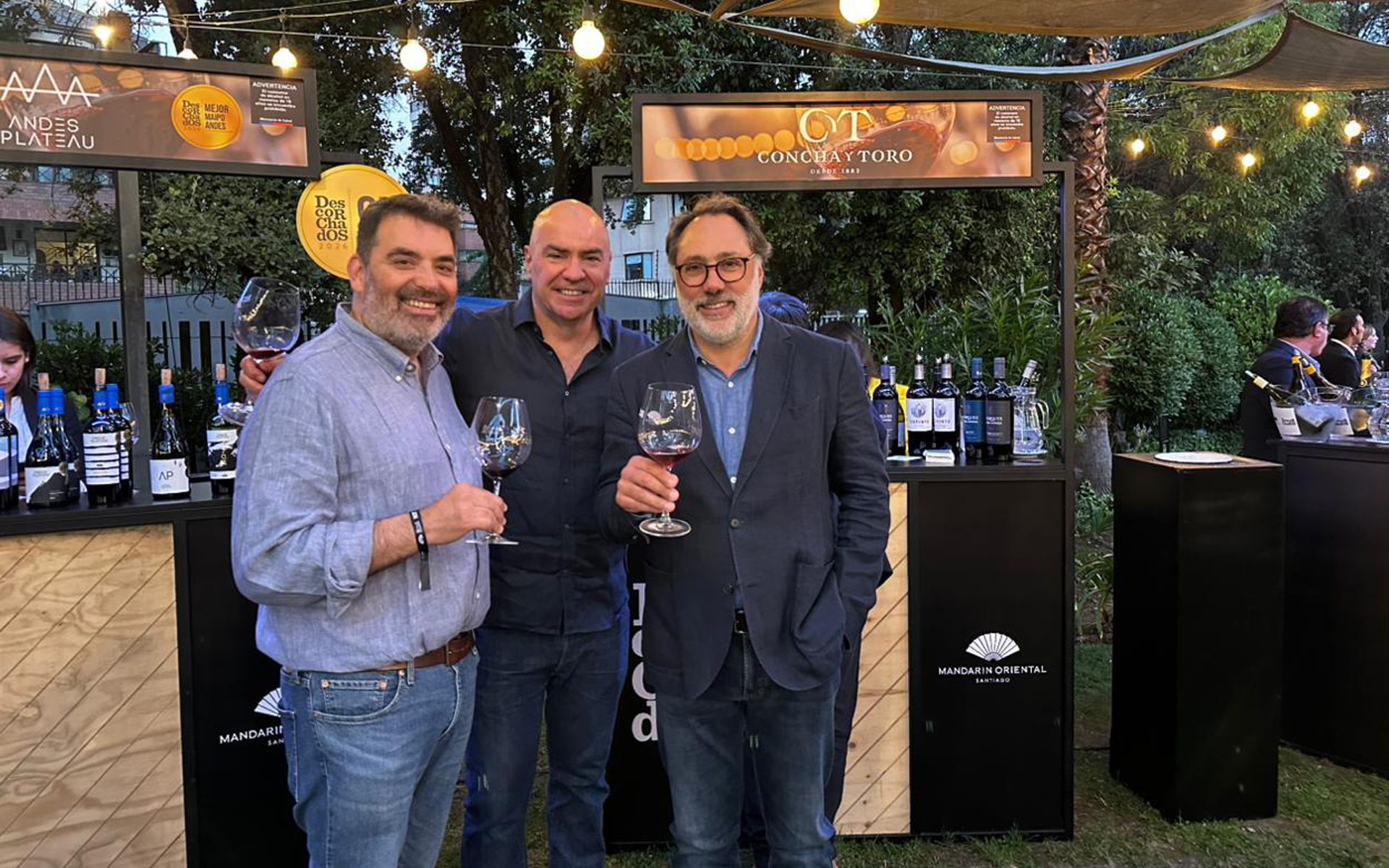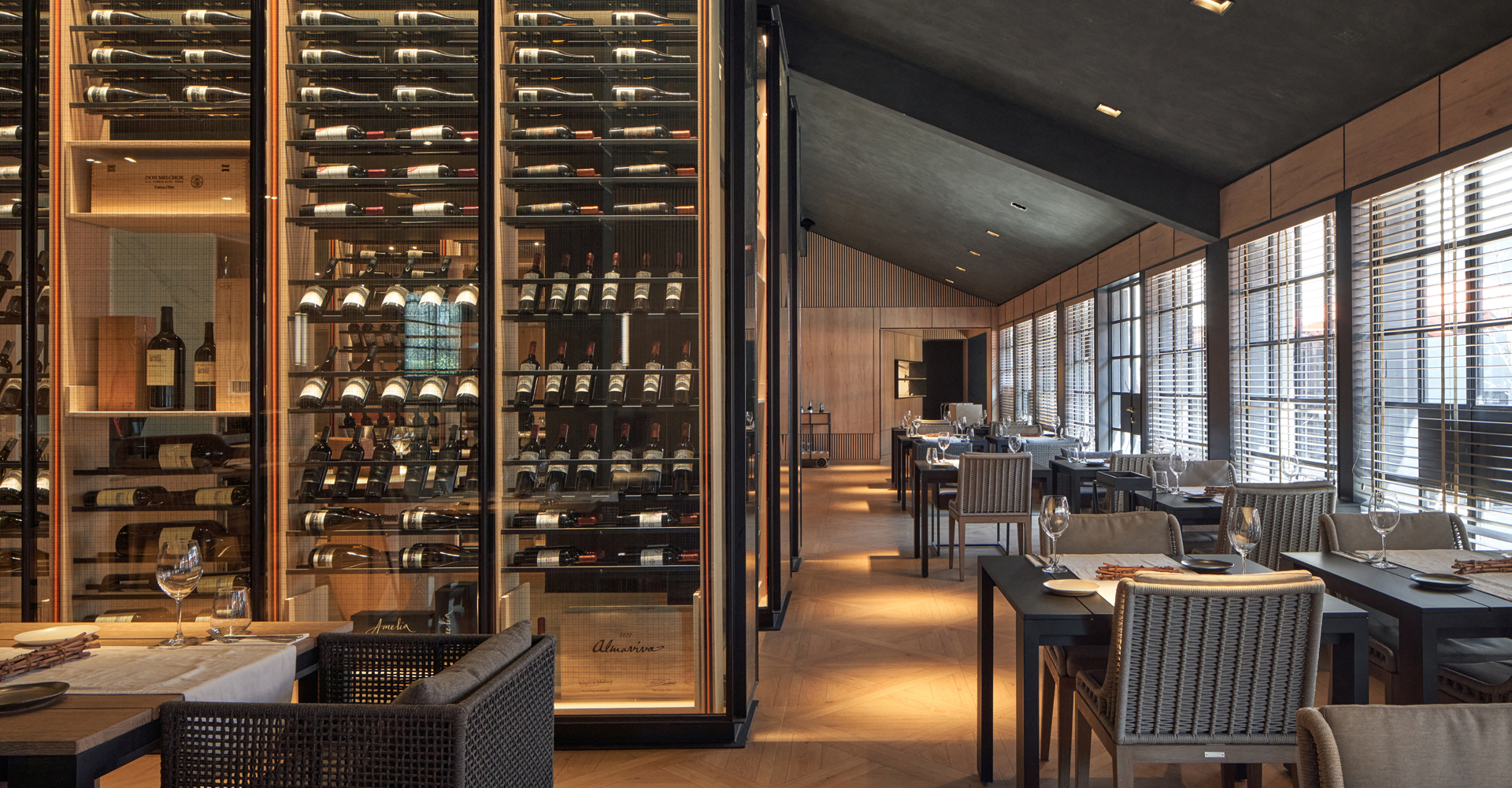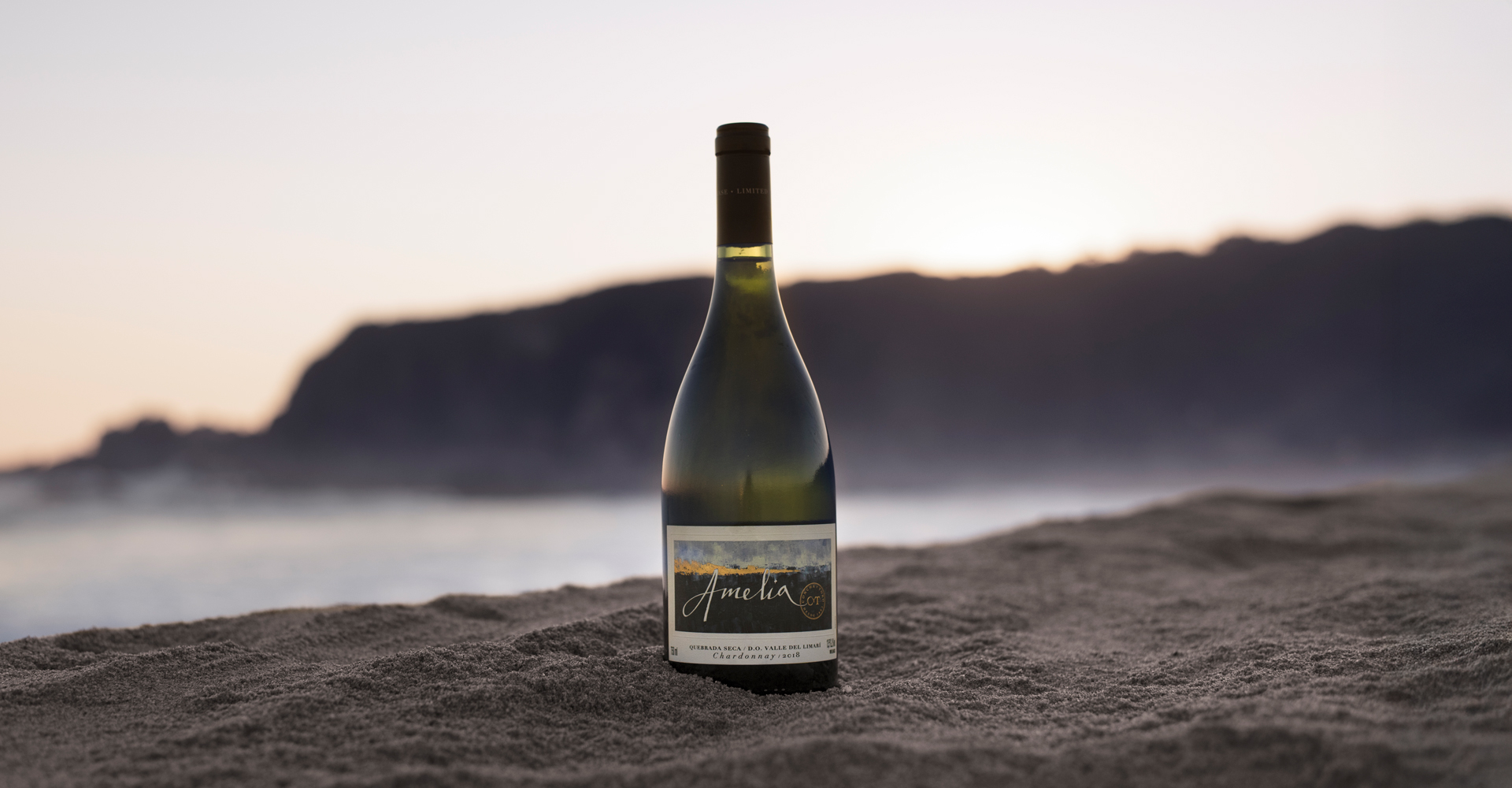7 de June de 2022
Myths and truths about Rosé
Because this June 11 is the International Rosé Wine Day, we wanted to clarify some doubts that arise when it comes to this style of wine. One that, by the way, is much more than a refreshing summer wine. Very easy to drink but quite complex to make, rosé has been gaining more importance in the last 20 years.
It is a mixture of red wine and white wine
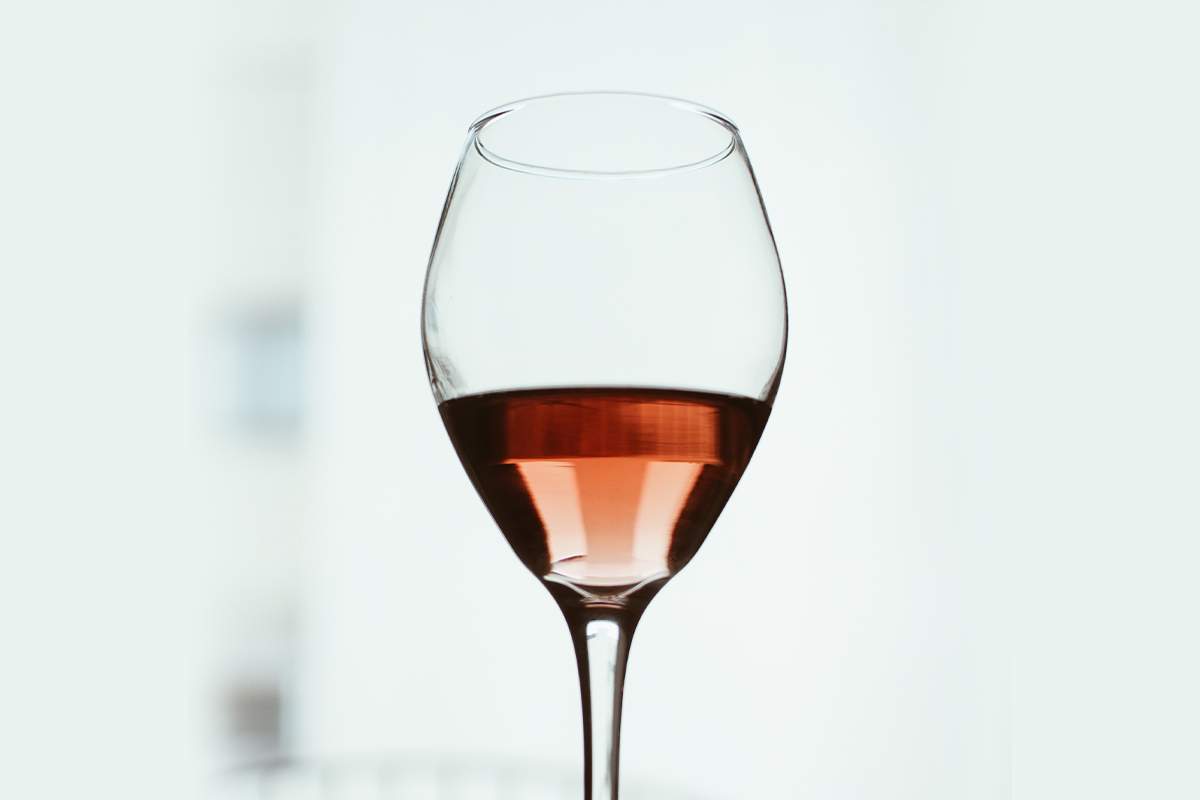
(FALSE) This is probably the most popular myth surrounding rosé wine, and it has nothing more to do with the misinformation about its vinification process. Due to its pale pink colour, many people believe that it is due to a mixture of light and dark wines. However, its colour is the result of red grapes that are pressed to extract their juice and leave it in contact with their skins (which have the pigment) for a very short period that usually does not exceed 24 or 48 hours. Although there is the exception of Rosé Champagne, whose legislation allows sparkling white wine to be mixed with red wine.
It has aromas of flowers, melon and celery
(TRUE) The aromas and flavours of rosé will be related to the grape varieties with which it is made. Among the most common are Cinsault, Syrah, Grenache, Mouvèdre, Carignan, Cabernet Sauvignon, Pinot Noir and Zinfandel. Thus, among its primary aromas it is possible to find notes of red fruits such as strawberries and cherries, citrus fruits such as lime, flowers and melon, with certain refreshing touches reminiscent of celery or rhubarb.
Cannot be aged in barrels

(FALSE) We cannot deny that the first thing that draws attention to rosé wine is its colour. But then, it’s always expected to refresh the palate with its acidity and crisp flair, which is achieved by fermenting the wine in steel tanks. However, this does not mean that there are no rosé aged in barrels. In 2006, Chateau d’Esclans produced Garrus for the first time, a rosé fermented and aged in barrels that opened a range of possibilities for these wines. Above all, due to the depth that its aromas and flavours develop it is a more gastronomic style. Now, most of the offer is about young rosé wines to drink in no more than one or two years.
They are made with poor quality grapes
(FALSE) In fact, the opposite is needed: grapes of the highest quality, at a perfect degree of ripeness and under optimal sanitary conditions. First, because most of the time the rosé seeks to highlight the expression of the primary aromas of their healthy grapes. And second, because rosés are more delicate and complex to make, so they require a lot of precision and experience on the part of the winemaker.
The paler its colour, the better the wine
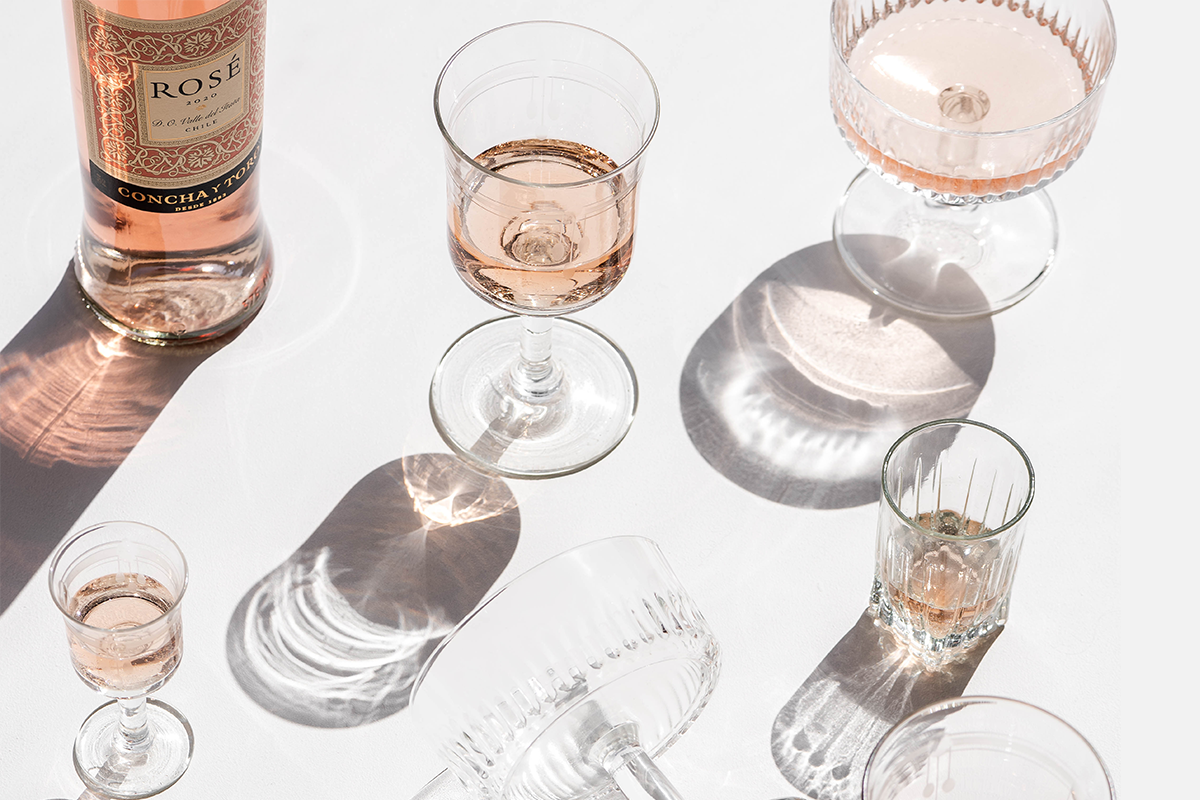
(FALSE) That pale salmon colour that characterizes Provence wines as well as Marques de Casa Concha Cinsault Rosé 2020 or Rosé Concha y Toro 2019, is product of the fact that the juice of the grapes has very little or no contact with their skins. And while Provence wines are admired over the world, that doesn’t mean wines with darker hues are inferior in quality. Quality is determined by the type of grape, the vineyard, the harvest time, and the techniques used by the winemaker.
